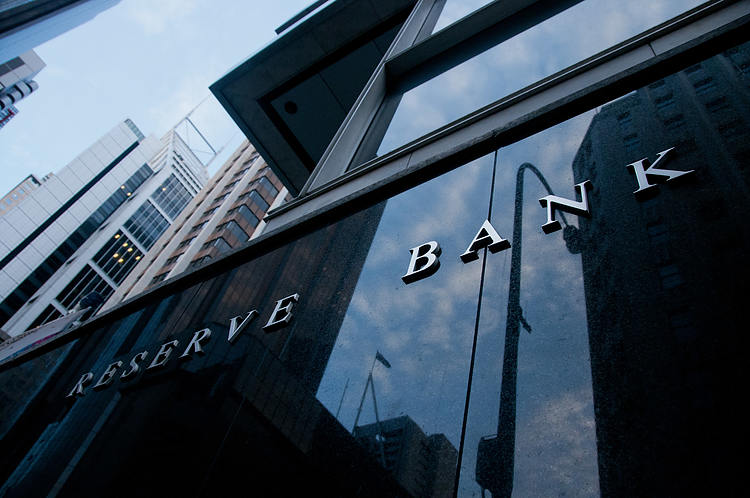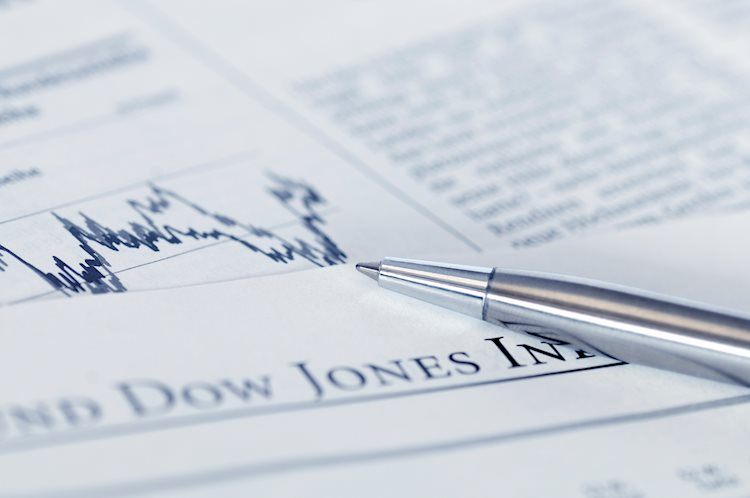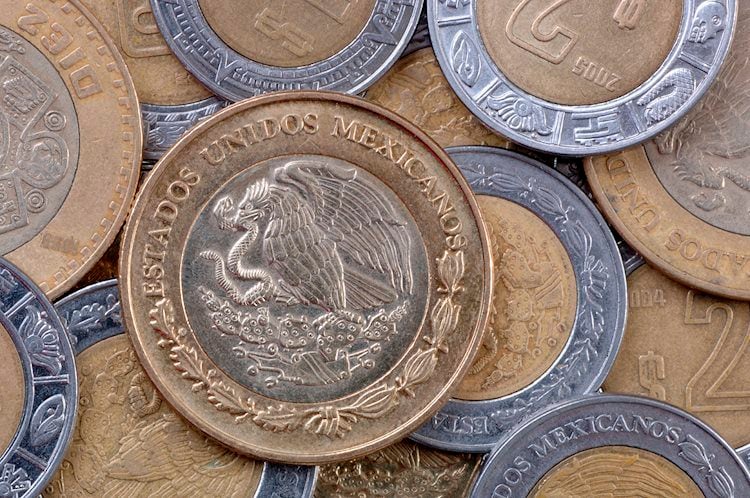On Tuesday, July 6, the Reserve Bank of Australia will announce its latest monetary policy decision, which will be followed by a press conference by Governor Philip Lowe. As we draw closer to the announcement, here are the projections from nine major banks’ economists and experts on the next central bank decision. Although there is no clear indicator of how conservative Australian officials will be, the RBA is likely to be more conservative than previously.
The AUD/USD pair is technically bearish in the long run leading into the event, according to FXStreet’s Chief Analyst Valeria Bednarik.
“The focus will be on the Yield Curve Control Target Bond, the Bank’s forward guidance, and the form that the next likely round of QE will take, aside from the cash rate remaining at 10bps, interest on ESA balances remaining at 0%, and an official announcement that the Term Funding Facility has ended. Given the recent lockdowns, the RBA is less likely to launch a AUD50 billion QE program. While the Bank may deliver more than AUD100 billion in QE over a longer period of time, we see little need for the RBA to announce such a big program, given that earlier QE programs were likely more effective than they had anticipated (given that the real TWI is below model expectations).”
“Given that the economy has recovered much more quickly than the Bank predicted in its November Statement on Monetary Policy, it appears likely that the Board will decide not to extend the ‘yield target bond’ to the November 2024 bond. We anticipate that the Board will choose a more flexible approach to its bond-buying program than in the past. “We expect the RBA to continue QE, but shift to an open-ended purchase program (from the present target of AUD100 billion each program) at a slower pace of AUD4 billion per week (from the current AUD5 billion per week).” By the end of 2021, the RBA would control roughly 45 percent of all qualifying bonds on the market; a slower pace would ensure the program’s durability. We expect the RBA to reassess its QE program on a regular basis, with purchases likely to be tapered further if the domestic recovery continues. Since February of this year, we have maintained our projection that the RBA will keep the April 2024 bond as its purchase objective, rather than switching to the November 2024 bond; market expectations have aligned with our view. Gov. Lowe outlined four options for QE prolongation that the RBA board has considered: (1) halt quantitative easing; (2) maintain the same rate of purchases for the same amount; (3) reduce purchases by switching to a smaller total amount or a slower pace of purchases; and (4) assess the pace of purchases more often. Only the first option was ruled out of the four. The RBA is likely to choose a combination of the third and fourth choices. The RBA is likely to be concerned by the recent spike in new COVID-19 infections in various locations; a persistent increase could lead to more lockdowns, affecting sentiment and activity. Australia’s immunization rate is much lower than that of its G7 peers, exacerbating the risk of new diseases. By the end of June, just around a quarter of the population had received at least one vaccine dosage, and only about 6% had been vaccinated “”I’ve been fully vaccinated.”
“The following policy outcomes are anticipated: Rather than being rolled to the following bond, the 3y yield target (YT) will be retained at the Apr-24 ACGB (the Nov-24). With weekly purchases of AUD5 billion each week, a flexible QE method will be used, with a reappraisal later in the year. The RBA will also be analyzing this week’s strong housing data. We expect macroprudential policies to be adopted before the end of the year. An unofficial tightening is already taking place.”
“As the Bank prepares to tweak its quantitative easing, it has four primary options: 1) halting asset purchases, 2) repeating the A$100 billion asset purchase scheme for six months and then reviewing, 3) conducting a smaller amount of purchases (such as AUD50 billion) for six months and then reviewing, 4) repeating the AUD100 billion asset purchase scheme for a longer period than six months and then reviewing We believe the RBA will choose the second option, which will allow them to move away from the tapering narrative and toward a more data-driven strategy. Option three, in fact, appears to be the second most plausible, though markets would likely interpret this as a hawkish turn. We believe market pricing is somewhere between options two and three, which indicates that if our base scenario (AUD100 billion for six months) occurs, the Australian dollar may suffer a negative impact. More importantly, we believe the RBA will not join other developed central banks in signaling a rate hike in 2022, forcing markets to re-price some of their hawkish expectations, putting pressure on the Australian dollar.”
“The deterioration in sentiment towards the AUD has also been bolstered by mounting evidence of a loss of growth momentum in China, as well as the re-tightening of COVID-19 restrictions in Australia, as the new Delta variant has resulted in new cases reaching their highest level since last summer, though they remain low. We don’t expect the events to have a significant impact on the RBA’s forecast of 4.75 percent growth this year, especially given the greater growth in Q1. At next week’s policy meeting, the RBA has already indicated that it is unlikely to move their three-year yield objective from April 2024 to November 2024. The RBA will also discuss its latest quantitative easing plans, with the current AUD100 billion tranche slated to expire in September. We expect QE purchases to continue throughout next year at the current pace of AUD5 billion per week, but the pace will be more flexible and dependent on changing economic conditions.”
“The RBA should reduce asset purchases, but it will attempt to avoid sounding hawkish. The Australian dollar is undervalued because monetary policy is overly loose, and neither of these factors is likely to change very soon.”
“Despite the fact that the unemployment rate is dropping, the RBA remains pessimistic about wage growth. The RBA may consequently try to sound more dovish next Tuesday in order to counter market expectations of a tapering of easing. Even if the RBA does not roll its three-year YCC objective and QE is curtailed, dovish tones could be heard at the July Board Meeting. One method to push back on market pricing would be to re-state the circumstances for a rate hike being unlikely until at least 2024. Another example would be not tapering QE with a set program length.”
“The meeting, which will be followed by a news conference, will be the center of attention. We now anticipate the RBA moderately tapering its QE program by announcing a new AUD75 billion program once the current AUD100 billion tranche of purchases expires in September. The RBA has made it clear that the Yield Curve Target (YCT) bond will not be extended from April to November 2024. We also don’t think the TFF will be renewed.”/n





